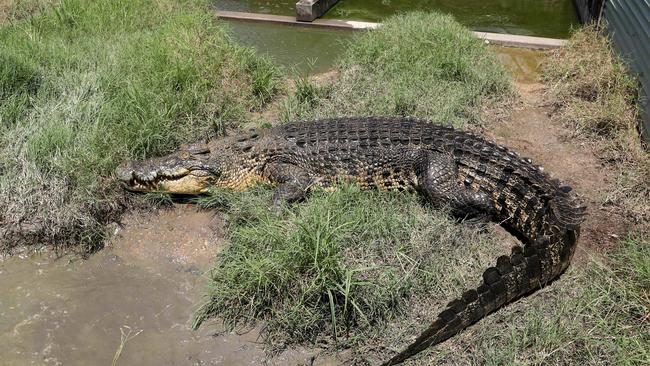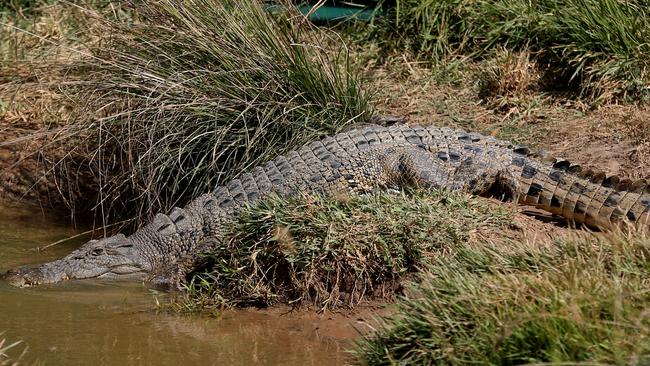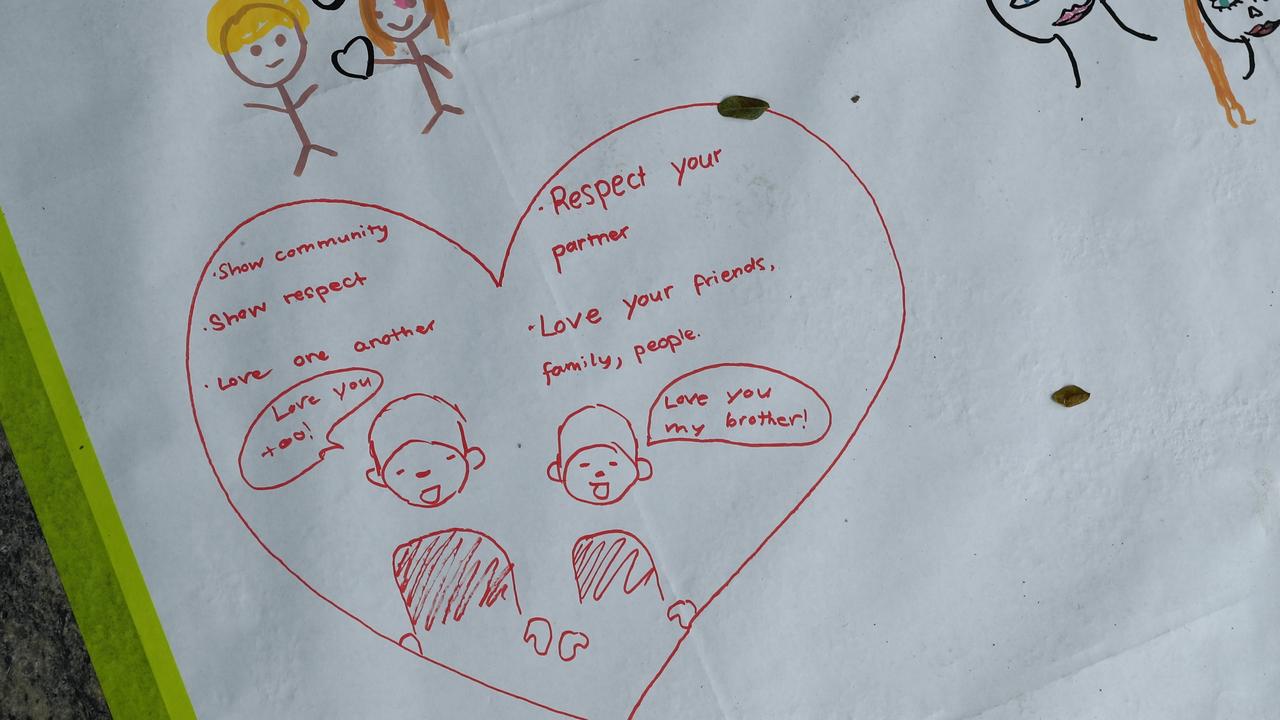Revealed: How many crocs live in the wild in Queensland
Results of a long-awaited survey involving choppers, boats and hundreds of human hours have been released, showing the total number of crocs lurking in Far North waters.

Cairns
Don't miss out on the headlines from Cairns. Followed categories will be added to My News.
A NEW survey has revealed Queensland crocodile populations are recovering after being hunted to near extinction in the 1970s, with 20,000 to 30,000 salties estimated in the wild.
The survey involved 56 boat surveys and 14 helicopter surveys, with the highest density of crocs recorded in the northern Cape York Peninsula at three per kilometre.
The number and density of crocodiles declines southward with 1.2/km in the Gulf of Carpentaria and Cairns region.
Department of Environment and Science wildlife program co-ordinator Dr Matt Brien, who led the three-year Queensland Estuarine Crocodile Monitoring Program, said the population recovery of Queensland crocs had been slow and highly variable since the unregulated hunting was banned.

MORE NEWS
Giant crocs arrive ahead of CrocArena launch
Croc sighting closes popular Far North beach
Debate breaks out as humans come into contact with crocs
“The average rate of population growth for the species across its range is 2.2 per cent per year and only 20 per cent of its population is found south of Cooktown,” he said.
“The survey showed the spatial distribution of crocodiles in Queensland has not changed and there is no evidence of any southward expansion of its range.
“Due to the limited amount of suitable nesting habitat, the Queensland crocodile population is not expected to reach the size or density of the Northern Territory crocodile population.
“Although crocodile numbers have increased along Queensland’s east coast, the survey showed the average size of the animals has decreased.
“This is a likely consequence of the Queensland Government’s crocodile management program, where crocodiles assessed as posing a threat to public safety are removed from the wild, with more than 450 crocodiles having been removed from 2004 to 2019.”

Environment Minister Meaghan Scanlon said the state government would invest an initial $12 million over the next four years for the ongoing management of crocodile populations and make its CrocWise program permanent.
“With croc populations slowly increasing, it’s important that we continue our CrocWise program and make sure human safety remains the number one priority,” she said.
“This was the most comprehensive crocodile population monitoring program to be carried out in Queensland since the 1994-2003 survey and involved extensive spotlight and helicopter surveys of river systems.”

Minister Scanlon said the review would involve looking at how wildlife officers and scientists can respond to population trends, improve the management program and bolster public safety through ongoing education programs.
“It might mean we need to target our CrocWise program to more places like beaches and watering holes, where people might’ve never seen a crocodile before,” she said.
“Since 2012, we’ve ramped up annual funding for crocodile management to the point where it’s now almost eight times the amount invested under the previous government.
All crocodile sightings can be reported by using the free QWildlife app or by calling 1300 130 372.
Originally published as Revealed: How many crocs live in the wild in Queensland


